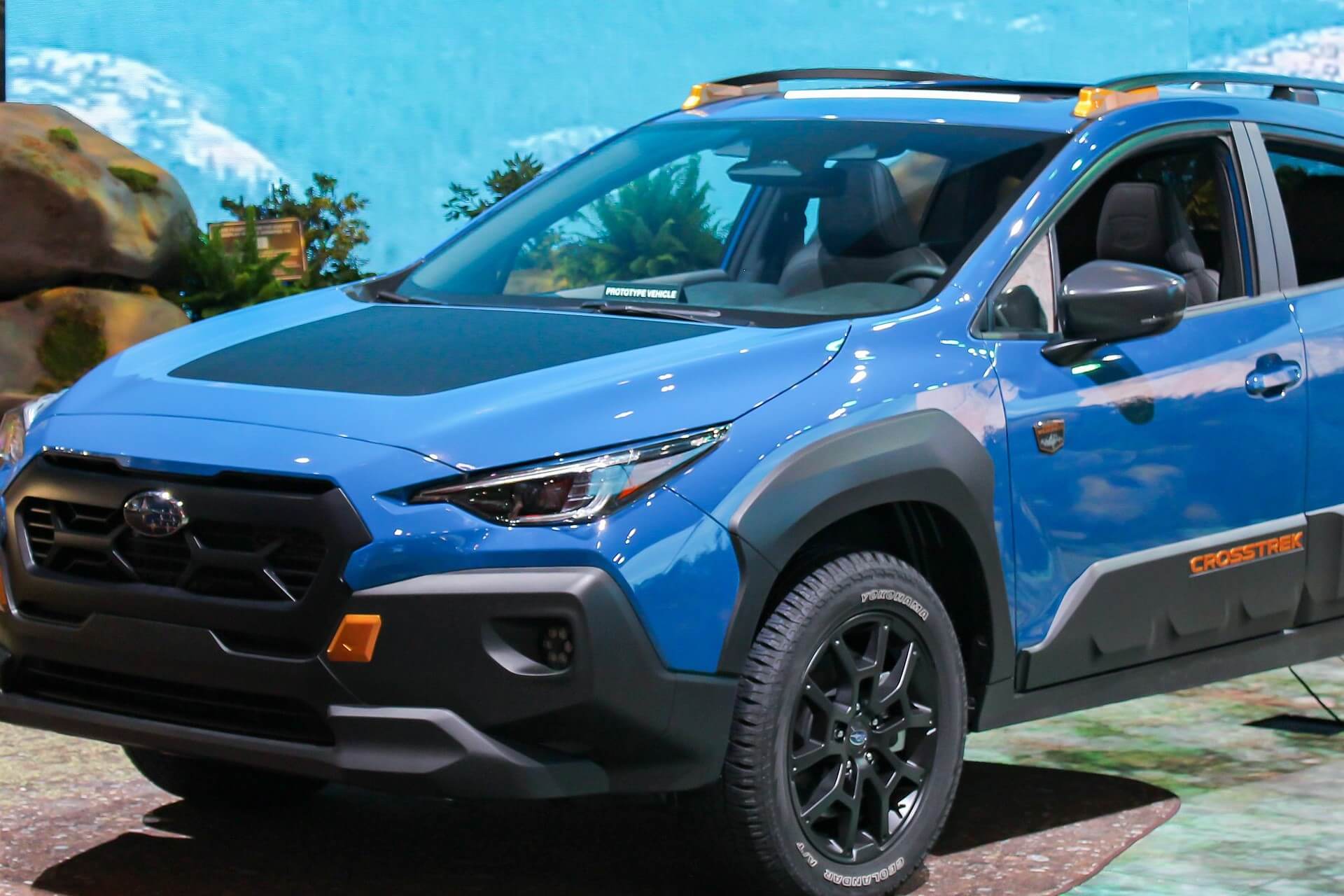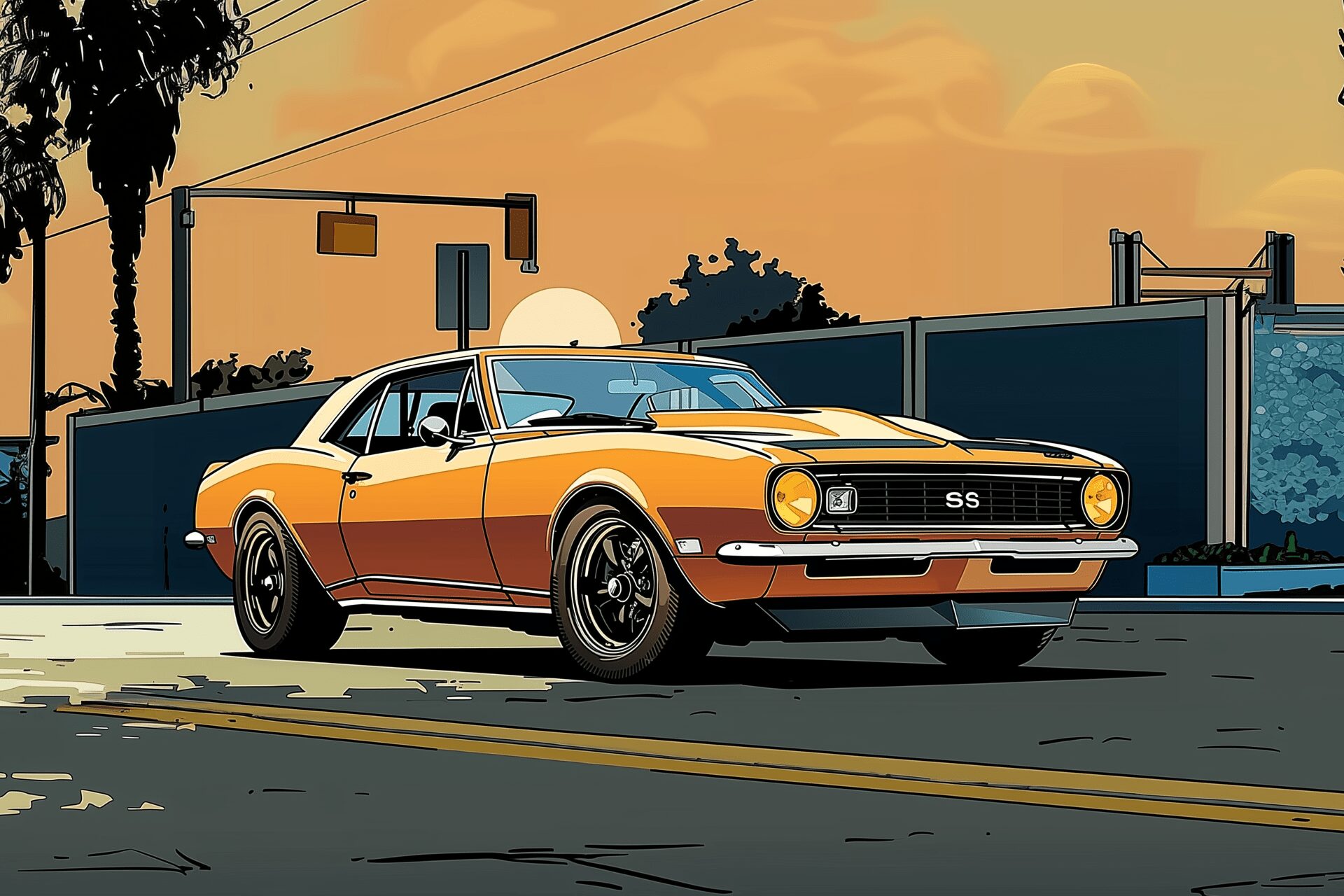
As an Amazon Associate, Modded gets commissions for purchases made through links in this post.
You might have seen a motorcycle weaving between cars in slow-moving or stopped traffic. That’s called lane splitting. It’s a practice that can be both convenient for the motorcyclists and efficient for overall traffic flow. However, it’s not without its controversies.
The debate over lane splitting often centers around safety and legality. Laws on this practice vary significantly from state to state in the U.S., making it a hot topic for motorcyclists and regular drivers. The differing opinions and rules make it crucial for riders to be well-informed about the regulations in their particular state.
What is Lane Splitting?
Lane splitting is when a motorcycle maneuvers between lanes of halted or slow-moving vehicles. Imagine you’re stuck in a traffic jam and a motorcycle glides between the rows of cars — that’s lane splitting in action.
While statistics on lane splitting are still emerging, rider groups say it can be relatively safe at lower speeds and when traffic is stationary. Standard practices often include adhering to a speed limit that’s not much faster than traffic flow and choosing to lane split in the streets that offer the most space and visibility.
The Current Legal Landscape
Navigating the rules of lane splitting can be tricky because laws differ significantly from state to state. You need to know the regulations in your state and any you might be traveling through on your motorcycle.
Regarding legality, there is only one state which legalized lane splitting. On the other end of the spectrum, many states — like New York and Florida — have laws that explicitly make lane splitting illegal.
Then, there are states where the laws are a gray area. No specific law prohibits lane splitting in some states — like Texas and Arizona — but it isn’t explicitly allowed either. Riders in these states may find themselves in a legal limbo, subject to the interpretation of local law enforcement.

States Where Lane Splitting is Legal
Califonia stands alone as the sole U.S. state that has legalized lane splitting. The state legalized it in 2016, and the California Highway Patrol has issued guidelines to help motorcyclists lane split safely. These guidelines suggest that motorcyclists should not exceed 10mph faster than the surrounding traffic and advise against the practice when traffic moves at speeds of 30mph or more.
However, it’s worth noting that there are movements and proposed bills in other states to make lane splitting legal. Places like Oregon and Washington have seen some legislative efforts to legalize the practice, though none have succeeded.
States Where Lane Splitting is Illegal
In the majority of U.S. states, lane splitting is explicitly illegal. States — like New York, Florida and Pennsylvania have laws on the books that prohibit the practice.
In New York State, law enforcement can fine you up to $150 and add points to your driving record. In Florida, authorities can write you a moving violation that not only comes with a fine but could also result in points on your license. Pennsylvania’s penalties are similar, often involving a fine and potential points against your driving record.
The Gray Area: Ambiguous States
In some states, the laws around the practice are neither explicitly illegal nor legal, creating a gray area for riders. States — like Nevada, Utah and Arizona — fall into this category. In these states, there’s no specific law that either allows or prohibits lane splitting.
The vagueness often stems from outdated or nonspecific traffic laws. For instance, some state laws might vaguely refer to “safe and prudent” driving without defining what that means in lane splitting. It leaves the predicament open to interpretation by law enforcement officers, who might or might not consider the act as falling within this behavior.
For instance, Arizona legalized lane filtering, which allows motorcyclists to move between cars to the front of the queue when traffic is stationary. But lane splitting remains illegal in the state.
Commonly, in these gray-area states, whether or not authorities ticket you for the practice can depend on the discretion of the police officer who stops you. Some might let you off with a warning, while others might issue a ticket for a more generic traffic violation.
Benefits of Legalizing Lane Splitting
Some argue that it can be safe when done correctly. Mainly, riders say lane splitting reduces the chances of rear-end collisions for motorcyclists.
Beyond safety, it has the potential to improve traffic flow significantly. Imagine if a small percentage of car drivers switched to motorcycles and took advantage of lane splitting. The result could be a dramatic decrease in travel time for everyone on the road.
Opposition and Concerns
While there are benefits to lane splitting, it’s essential to understand the arguments against it as well. Critics argue it could lead to increased risks of collisions, as cars may not expect a motorcycle to pass between lanes. Some people also feel the practice can startle drivers, leading to erratic movements that endanger both parties.
In addition, some suggest the risks can be higher when motorcyclists engage in the practice at speeds significantly faster than traffic flow. Its safety depends on how responsibly riders execute it, which fuels the argument for stringent regulations if states legalize the practice.
Tips for Riders
Here are some practical tips to guide you through the do’s and don’ts of lane splitting, tailored for riders in different legal landscapes.
- Know and follow the specific guidelines for the practice in your state.
- Always ensure you’re visible to other motorists and be aware of your surroundings.
- Stick to a speed that’s only slightly faster than the surrounding traffic.
- Avoid it when traffic is moving at higher speeds.
- Wear high-visibility gear and comply with motorcycle helmet use laws to ensure safety.
On the flip side, if you’re in a state where lane splitting is illegal, the best advice is to avoid the practice altogether to steer clear of potential fines or legal consequences. If you want to lane split, remember the risks usually outweigh the few minutes you might save. Always obey the traffic laws in your state to ensure your safety and maintain a good driving record.
For those in states where the laws are unclear, exercise caution. Be aware that any police officer stopping you will interpret the law based on their understanding, which could result in a ticket. So, if you choose to lane split, do so with utmost care and attention to your surroundings.
The Ride to Safety
The landscape of lane-splitting laws in the U.S. is a mixed bag. This varied legal terrain makes it essential for you to be well-informed about the laws in your state and any you plan to travel through.
Knowing when and how to lane split — or when to avoid it — can make a consequential difference in your riding experience. Stay educated, stay safe and always keep an eye on the evolving rules of the road.
Stay up to date with the latest by subscribing to Modded Minute.
Author
Jack Shaw is a senior writer at Modded. Jack is an avid enthusiast for keeping up with personal health and enjoying nature. He has over five years of experience writing in the men's lifestyle niche, and has written extensively on topics of fitness, exploring the outdoors and men's interests. His writings have been featured in SportsEd TV, Love Inc., and Offroad Xtreme among many more publications.
Stay up to Date with the Latest
Your email address will only be used to send you our newsletter, and at any time you may unsubscribe. For more information, see our Privacy Policy.





